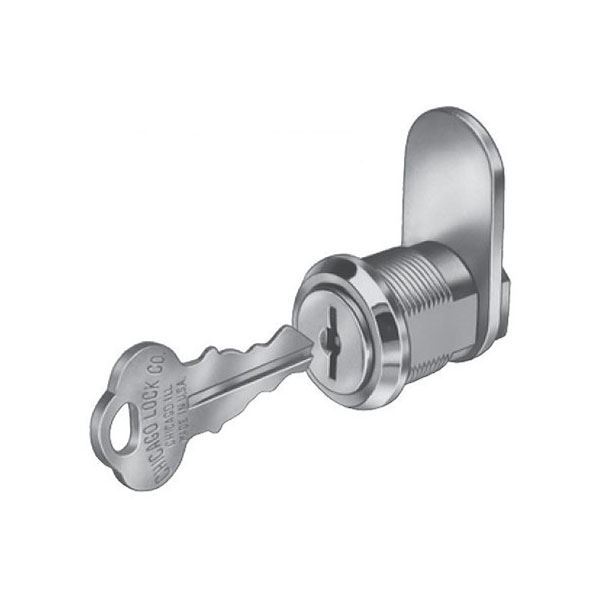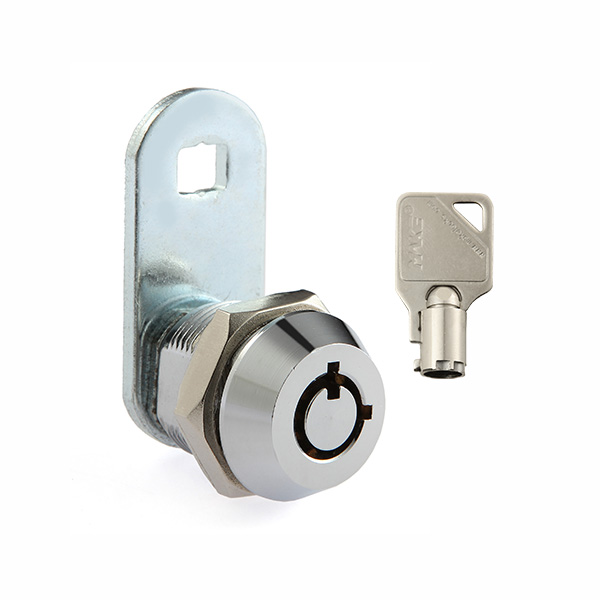A cam lock is a simple and handy device used to secure things quickly. It consists of two parts: a base and a cam. When you turn the cam, it clamps the base tightly, holding things in place. Commonly seen in cabinets, mailboxes, and lockers, it’s easy to use. Insert the key, turn the cam, and you’re secured. Cam locks offer convenience and security for various purposes, from keeping your belongings safe to controlling access. They’re uncomplicated yet effective, making them a popular choice for securing items without hassle.
An Introduction to Cam Locks
Cam locks, those nifty gadgets, are all about quick and secure fastening. Picture this: a base and a cam are the key components. Twist the cam, and it clasps the base tightly—voila, things lock! Think cabinets, mailboxes, and lockers—they love cam locks. Using them is a breeze: just insert the key, give the cam a spin, and you’re set. What’s the deal? Cam locks keep your stuff safe and control access. From precious possessions to restricted areas, they’ve got you covered. No need for complications—cam locks are the champs of simplicity and effectiveness. If you’re after fuss-free security, cam locks are your pals.

How does a CAM LOCK work?
A cam lock consists of two parts: a base and a cam. When you turn the cam with your key, it moves towards the base. The cam’s shape is crucial—usually, it’s slightly curved or hooked. As you rotate the cam, it pulls the base and compresses it. This tight connection locks things in place securely. It’s like giving your stuff a cozy hug!
Imagine your gym locker. You insert your key into the cam lock, and when you twist the key, the cam turns. This turning action pushes the cam against the locker door. The door and the frame get squeezed together, and that’s the lock! Turning the cam the other way releases the pressure, and you can open the locker.
Cam locks are everywhere—cabinets, cash registers, even vending machines. They’re quick, reliable, and user-friendly. With their clever design, cam locks offer a simple yet effective solution to keep your belongings safe.
What is the difference between a cam lock and a latch lock?
Let’s delve deeper into the differences between cam locks and latch locks:
Mechanism and Operation
Cam Locks: These locks consist of two main parts—an immobile base and a rotating cam. When you insert the key and turn it, the cam rotates, creating pressure against the base. This pressure clamps the components together, effectively locking them. This mechanism is akin to turning a screw to secure things.
Latch Locks: Latch locks, also known as latch bolts or deadbolts, work by using a bolt or latch mechanism. When you turn the knob or lever, the bolt extends or retracts, engaging with a strike plate or door jamb. This keeps the door firmly closed without requiring a key.
Functionality
Cam Locks: Their simple mechanism renders cam locks ideal for applications requiring quick and uncomplicated locking. They’re commonly found in furniture like cabinets and drawers, as well as in mailboxes and lockers.
Latch Locks: Latch locks are primarily used for doors, gates, and entryways. They offer more sophisticated locking options for entrances that require both security and ease of use.
Installation and Components
Cam Locks: Installing cam locks is often straightforward, typically requiring a single drilled hole for the lock body and a keyhole for the cam rotation. The mechanism is simpler, requiring fewer parts.
Latch Locks: The installation of latch locks can be more involved due to the additional components like strike plates and the need to create a recess for the latch bolt.
Security and Application
Cam Locks: While both locks offer security, cam locks often provide a sturdy and tight hold due to the clamping action. They’re suitable for situations where you need to prevent unauthorized access or keep items secure.
Latch Locks: Latch locks offer a balance between security and convenience. They suit doors requiring controlled access, either locking with a key or closing without locking.
Choosing Cam Locks: What You Should Know
When it comes to picking cam locks, here’s what you need to consider:
Purpose: Identify where you’ll use the cam lock—cabinets, mailboxes, furniture? Different situations might call for specific features.
Size and Fit: Measure the space where the lock will go. Choose a cam lock that fits snugly and complements the item.
Security Level: Determine the level of security needed. Cam locks vary in their ability to resist tampering.
Keying Options: Cam locks come in various keying options—keyed alike (one key for multiple locks) or keyed different (unique key for each lock).
Material and Durability: Depending on the environment, select a cam lock made from materials that resist corrosion and wear.
Ease of Use: Opt for cam locks with user-friendly mechanisms for easy and hassle-free operation.
Installation: Consider the ease of installation. Some cam locks require minimal effort to set up.
Brand Reputation: Research reputable brands known for producing quality cam locks.
Budget: Set a budget and explore cam locks that align with your financial plan.
Reviews and Recommendations: Read reviews or ask for recommendations to learn from others’ experiences.
Warranty: Check if the cam lock comes with a warranty for added peace of mind.

FAQs
What is a cam lock used for?
Cam locks secure items like cabinets, mailboxes, lockers, and furniture by clamping them together.
How does a cam lock work?
Cam locks have a rotating cam that, when turned with a key, presses the base tightly for locking.
Can I use one key for multiple cam locks?
Yes! You can key cam locks alike, enabling one key to operate multiple locks.
Are cam locks easy to install?
Yes, they usually require minimal effort. Just drill a hole for the lock body and the cam rotation.
How secure are cam locks?
Cam locks offer decent security, and their effectiveness depends on the quality and design of the lock.
